Due to my scuba diving trip in Bali being cancelled by the imminent eruption of Mt Agung, I had some leave to use so Jules and I headed back to Dryandra, this time with Rod, BJ, Owen and Annie.
Arriving Friday the 13th of October and leaving Monday, we had 4 relaxing days, of pretty good weather, in amongst the trees. However, this trip we were blessed with a huge variety of wildflowers in various colours and sizes, although most were spread out and very easy to miss unless you took your time whilst walking around. Other than our friends and the simple act of camping, the highlights of the trip were the wildflowers, BJ crashing his drone into a tree and us hearing, what sounded to be a large tree, come crashing to the ground. This was very much a lazy trip, with most of our time spent reading in the shade, however I did manage to take a few pics and Rod is compiling a short video which I’ll link to this blog entry when he’s posted it.
Check out Rod’s Dryandra video here
As with our previous trip to Dryandra, we really enjoy the place. It’s only a short drive from Perth and is a great place to chill. Highly recommended and we’ll be back!!
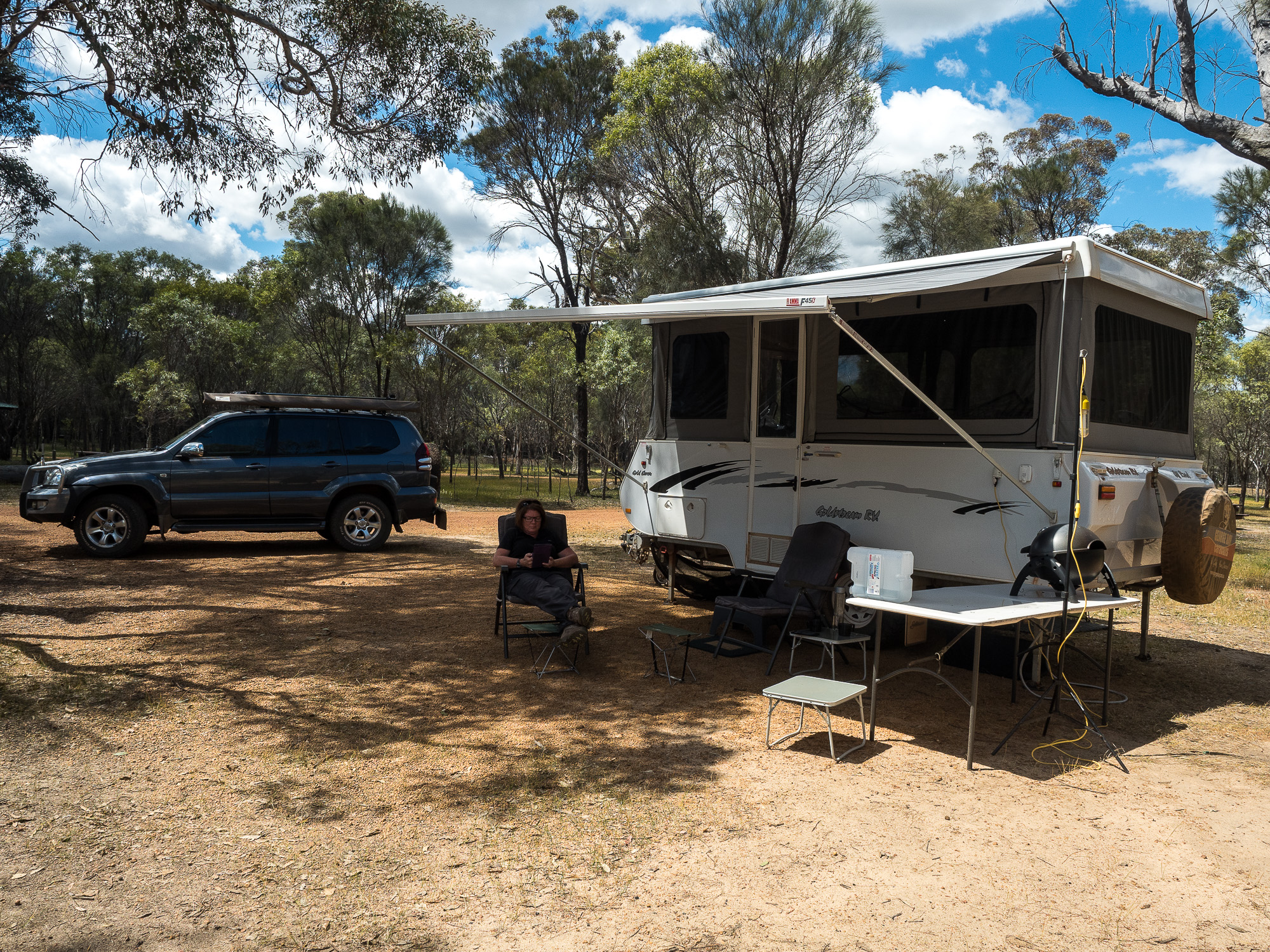
Jules chilling by the van.
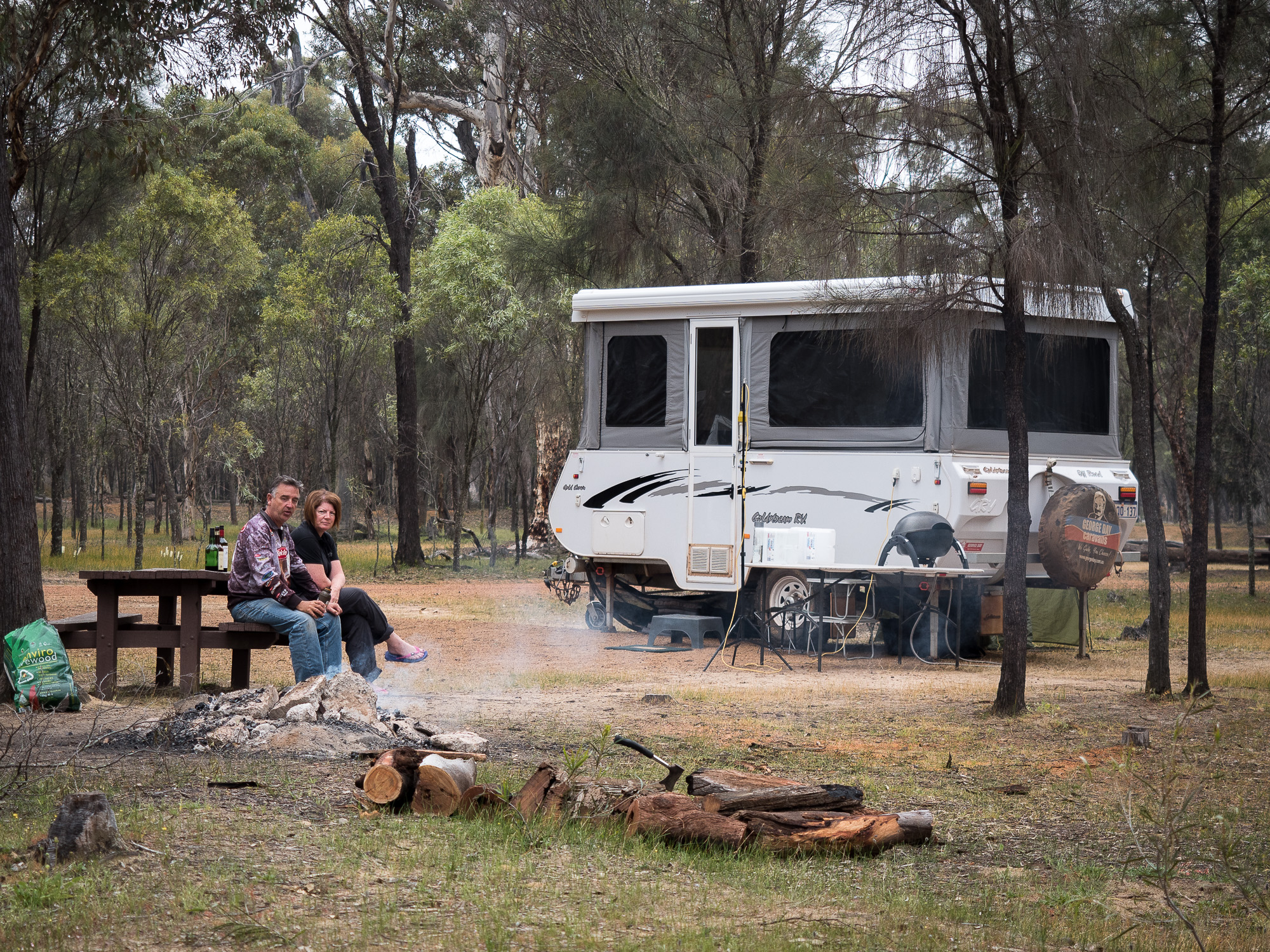
Rod and Jules pondering the morning by the fire

Rod flying his drone by FPV (video goggles)
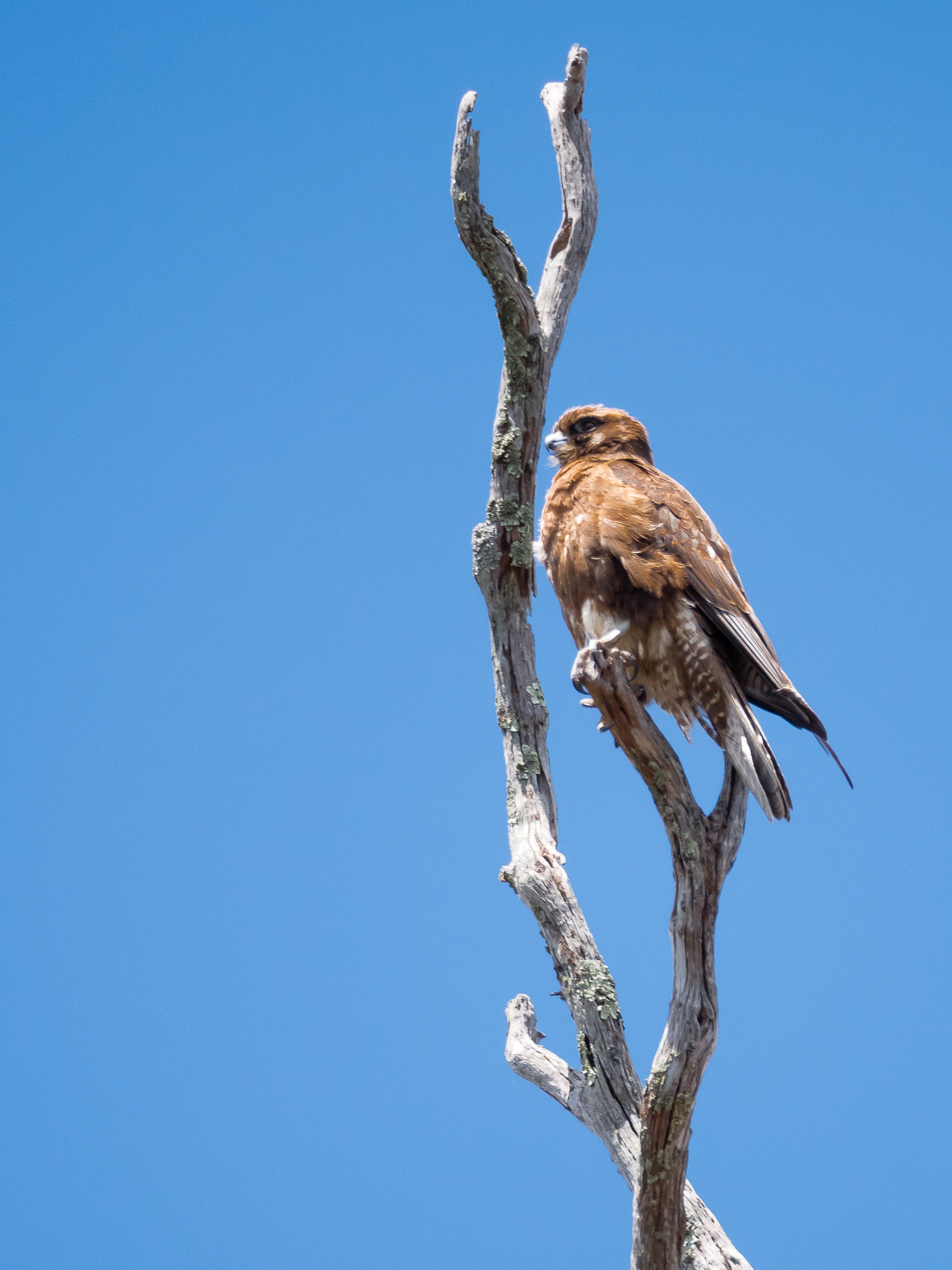
Small bird of prey, possibly a falcon of some kind, at the Contine Hill picnic area
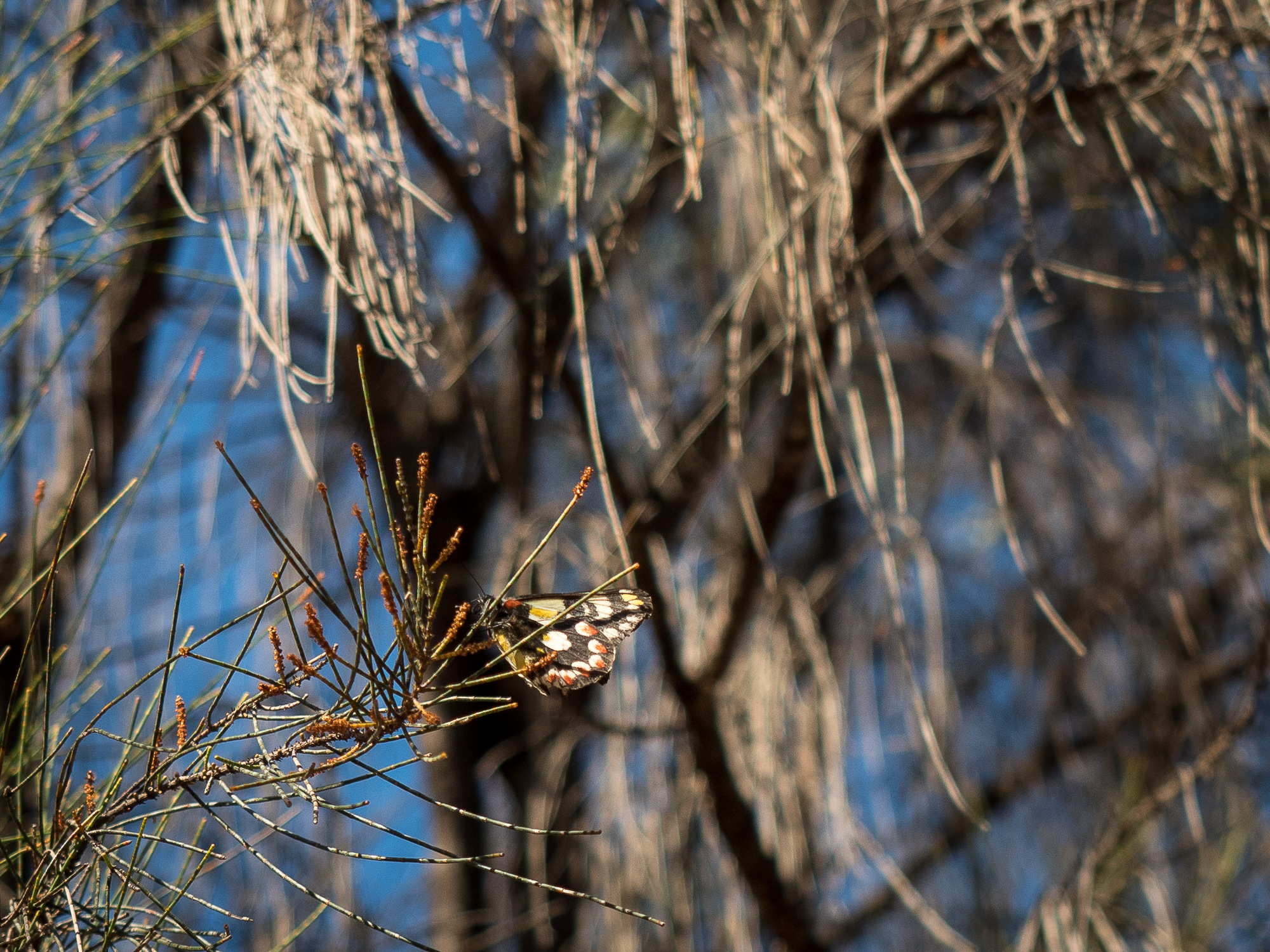
This largish butterfly flew into our camp for a bit.
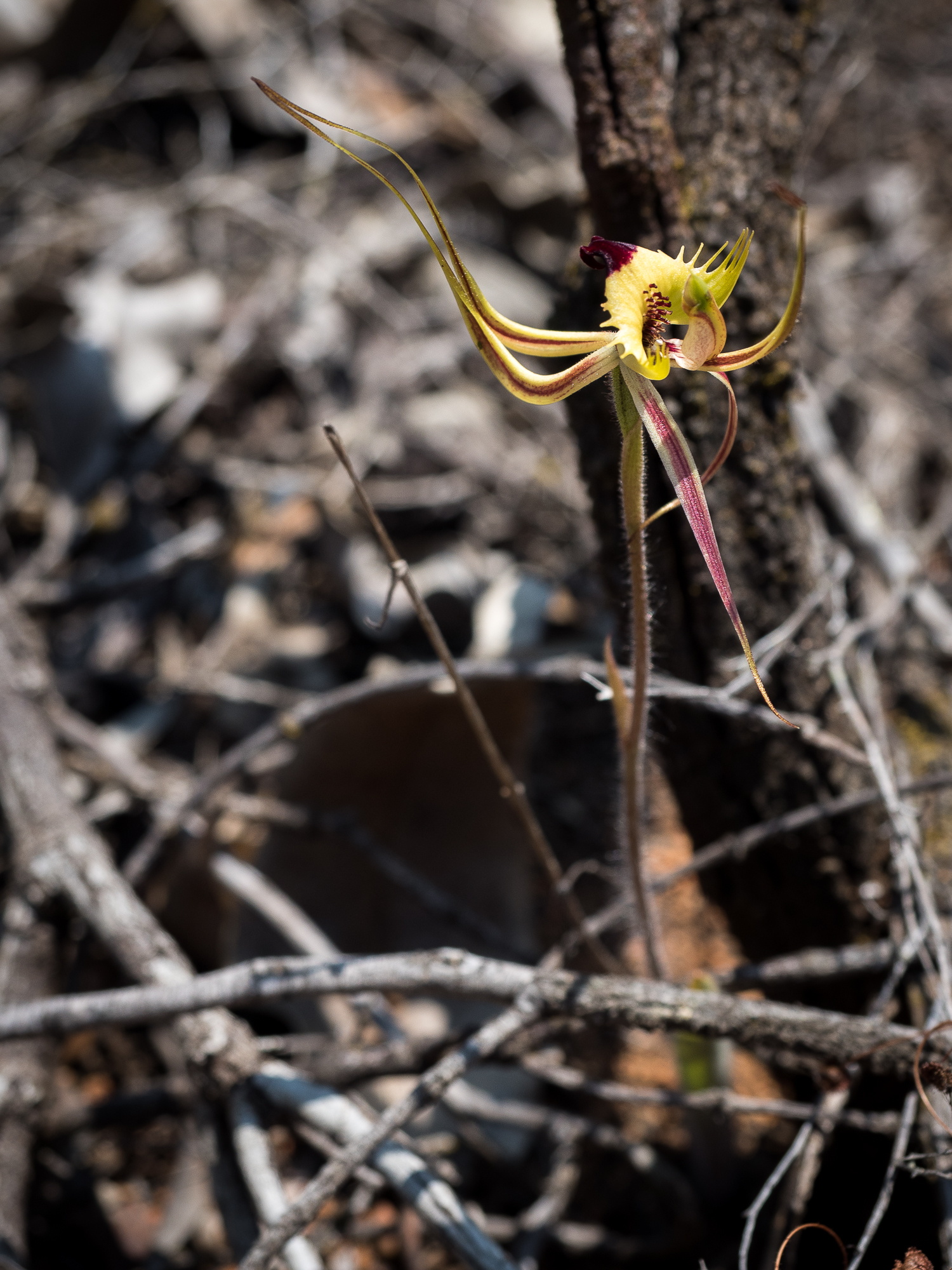
Spider Orchid
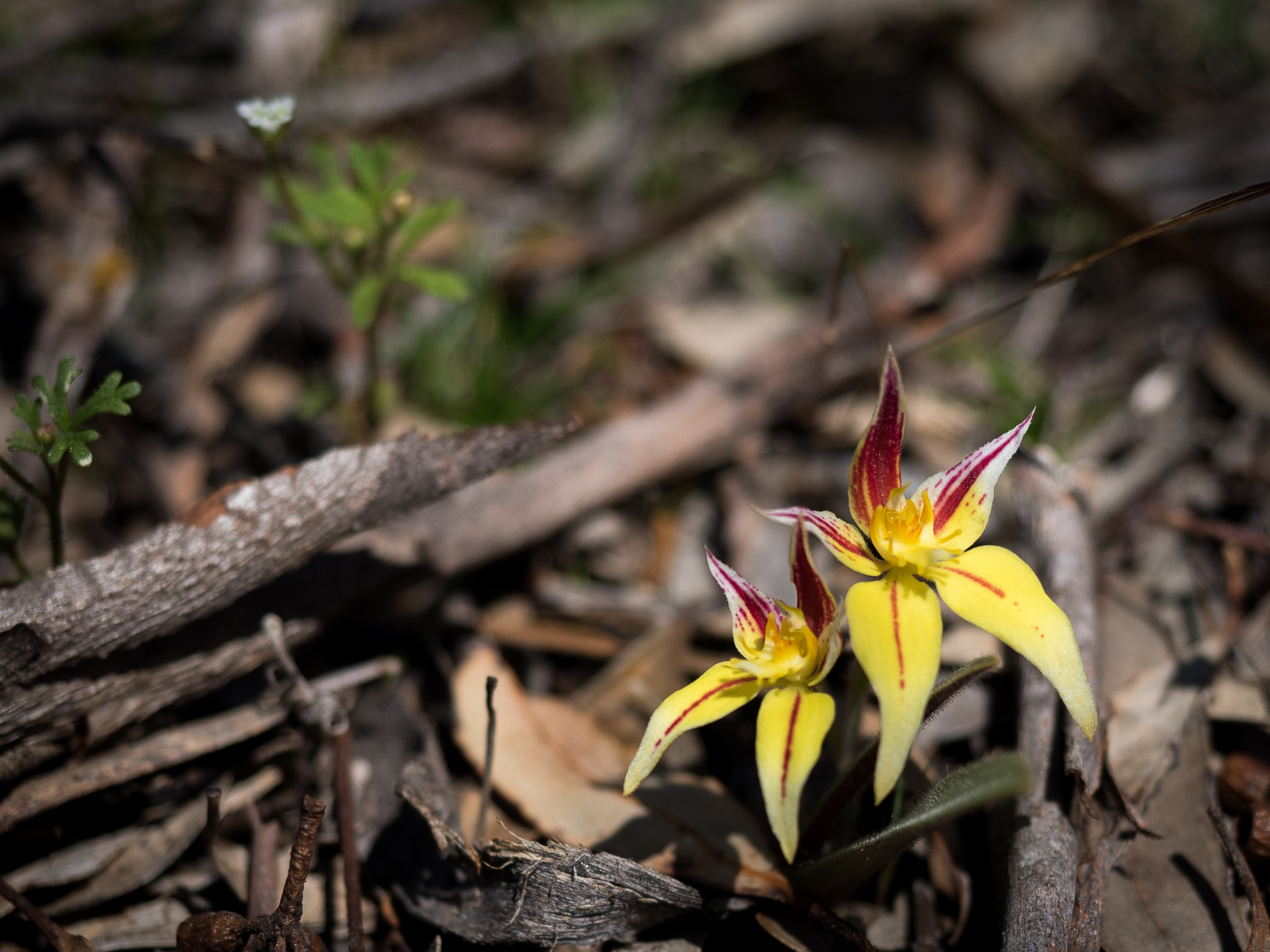
Small (very short/squat plant) Orchid
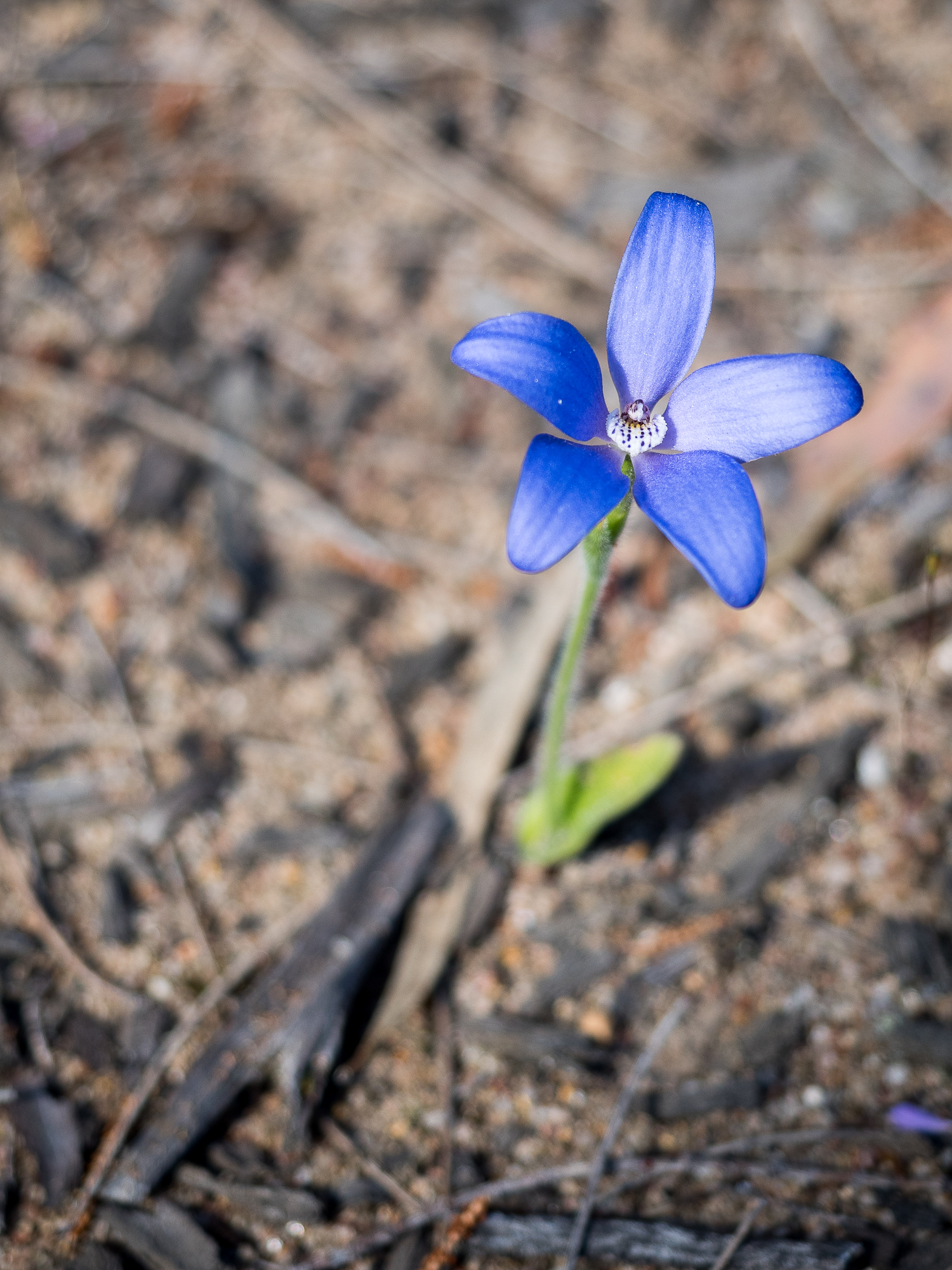
a blue Orchid
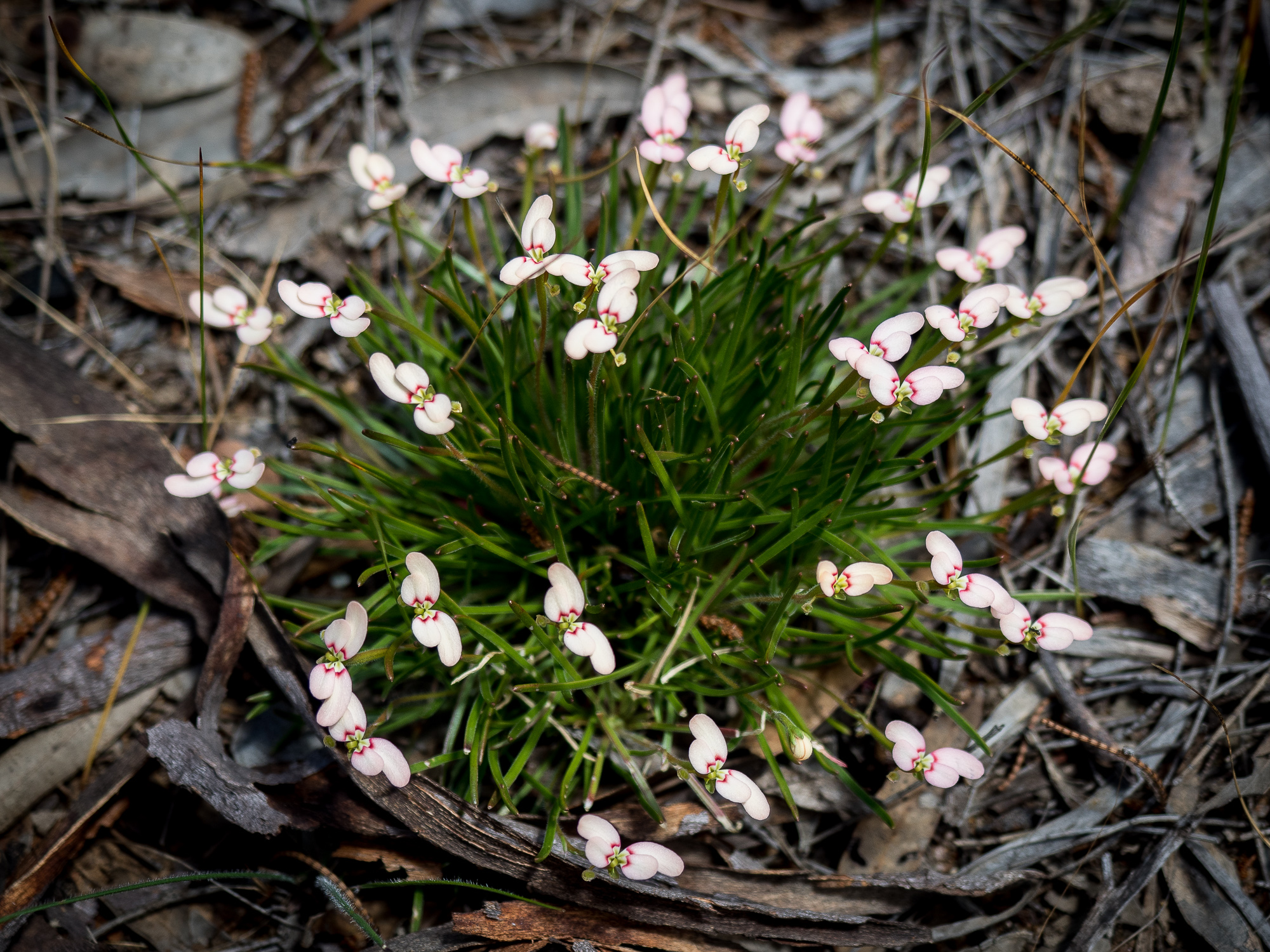
These little grasses/shrubs, were covered in flowers which looked like a swarm of butterflies
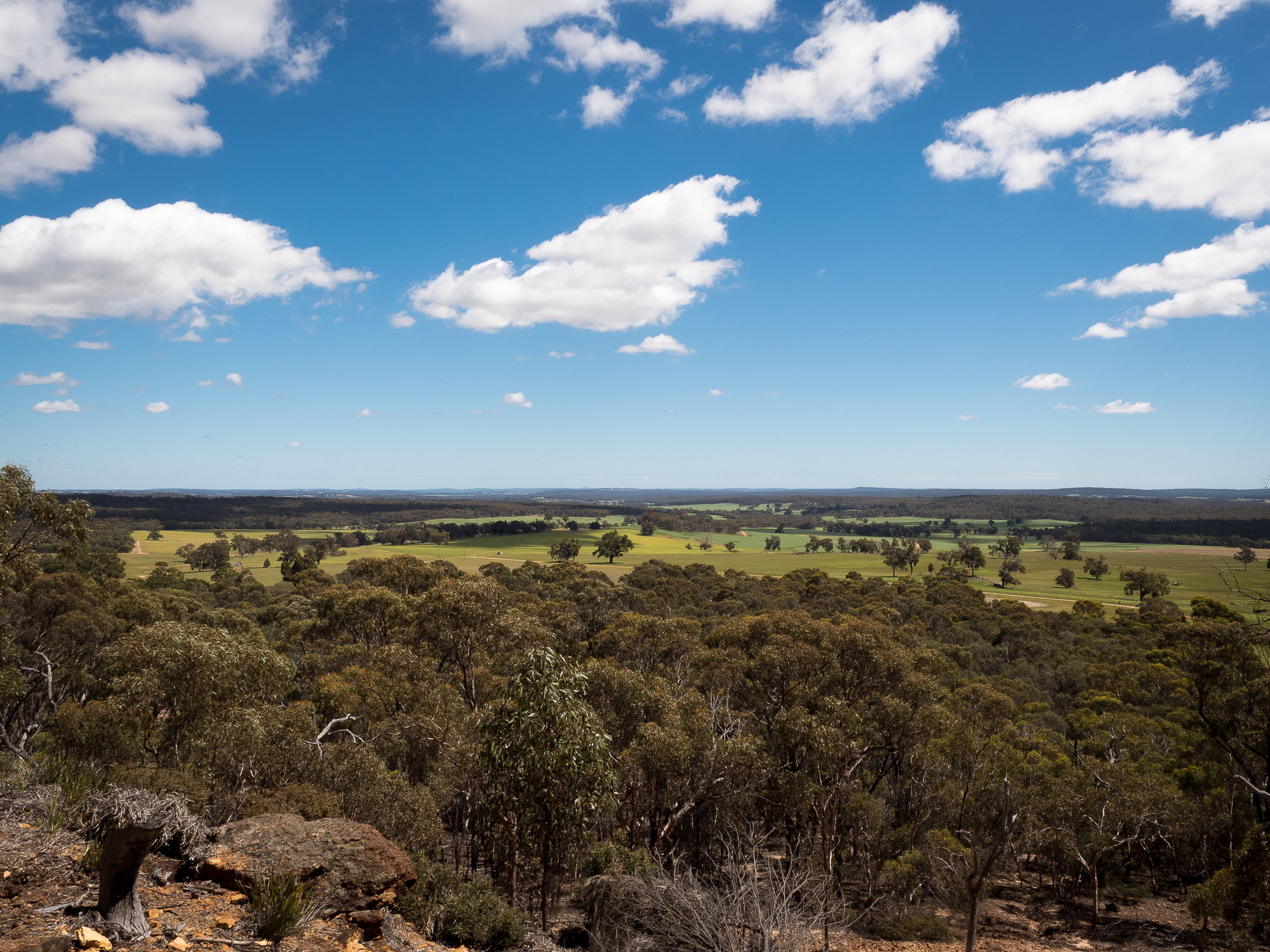
The view out from the Contine Hill picnic area. There used to be manned fire towers on this hill and the area was covered in various wildflowers
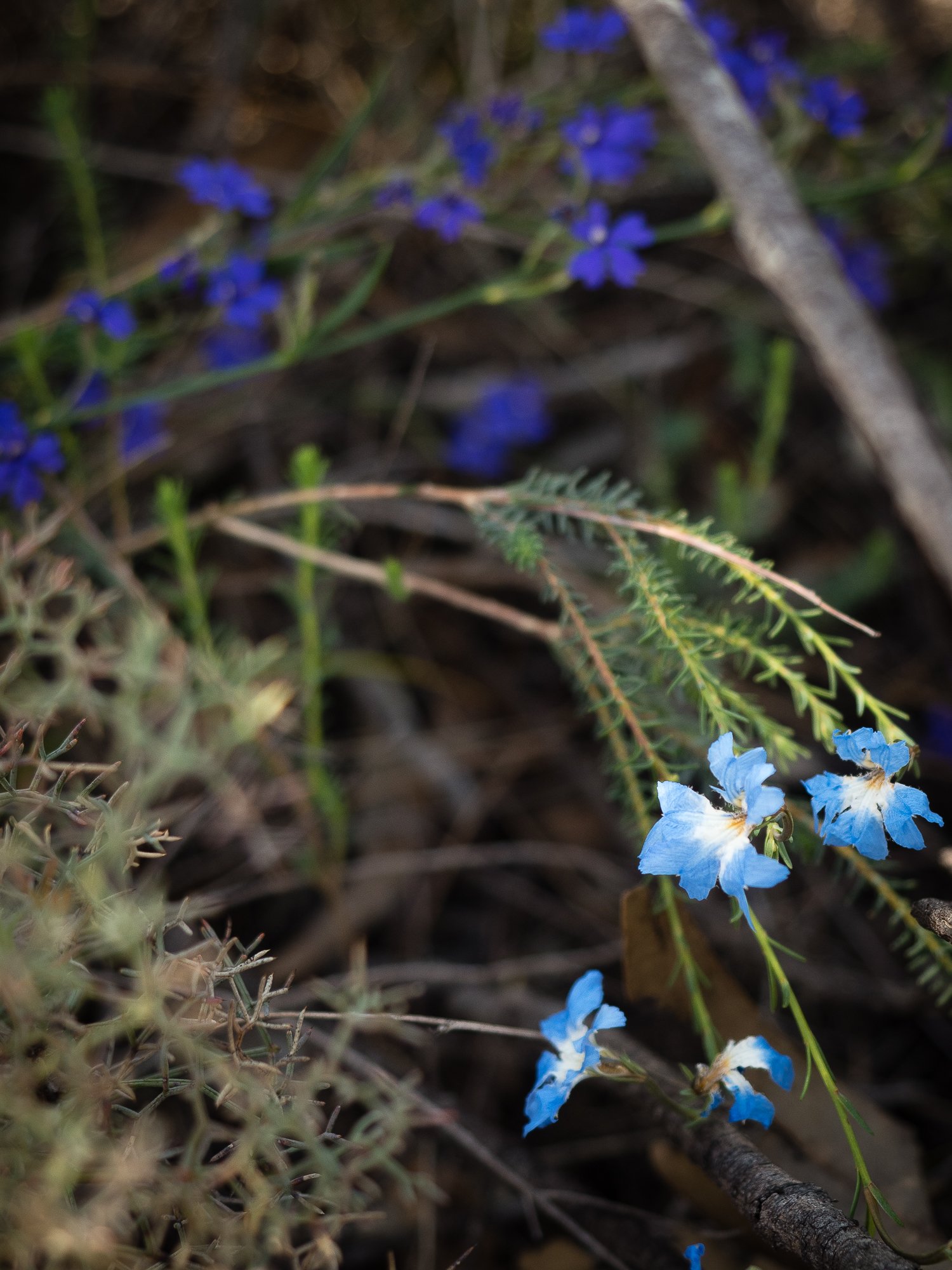
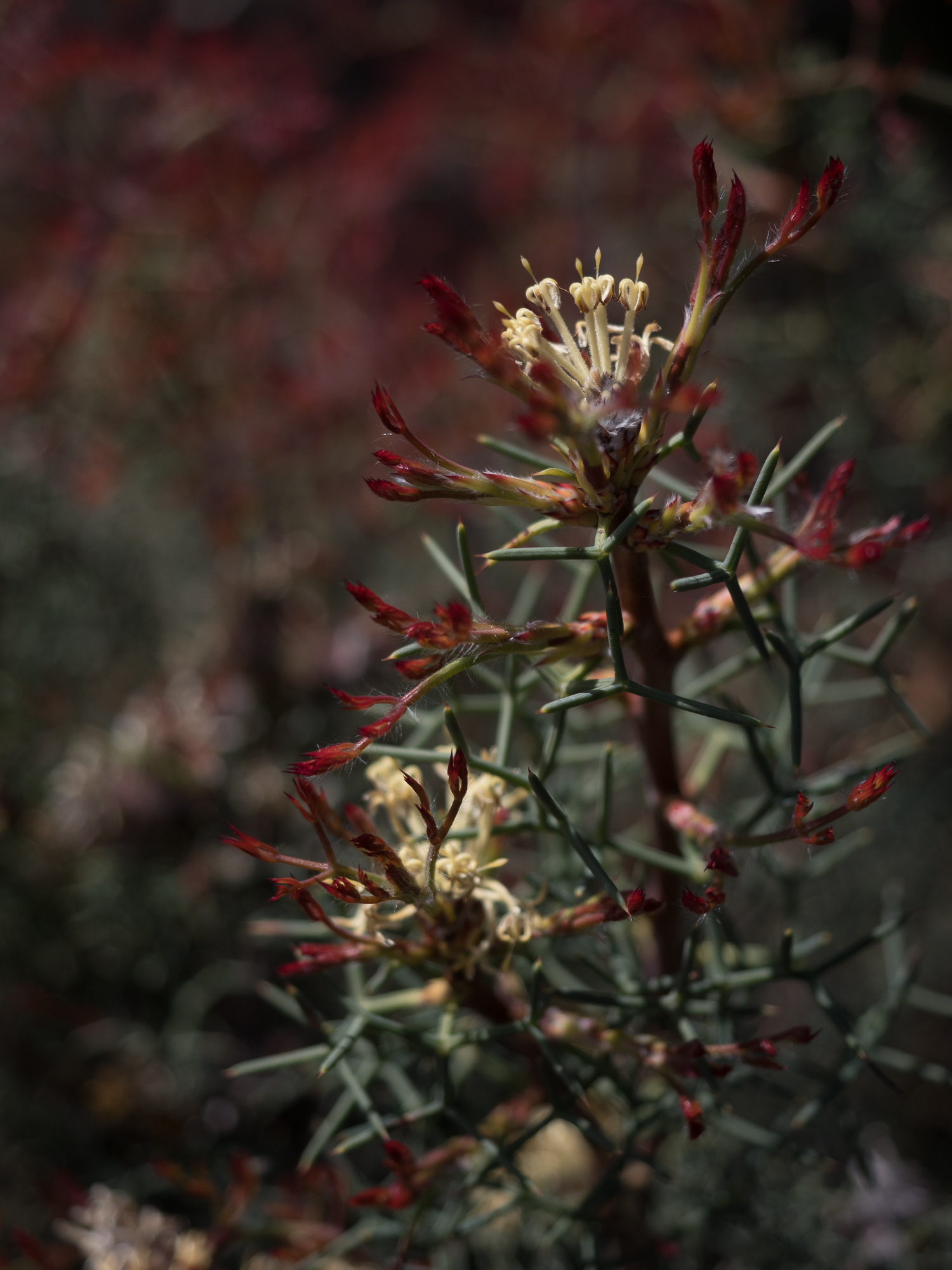
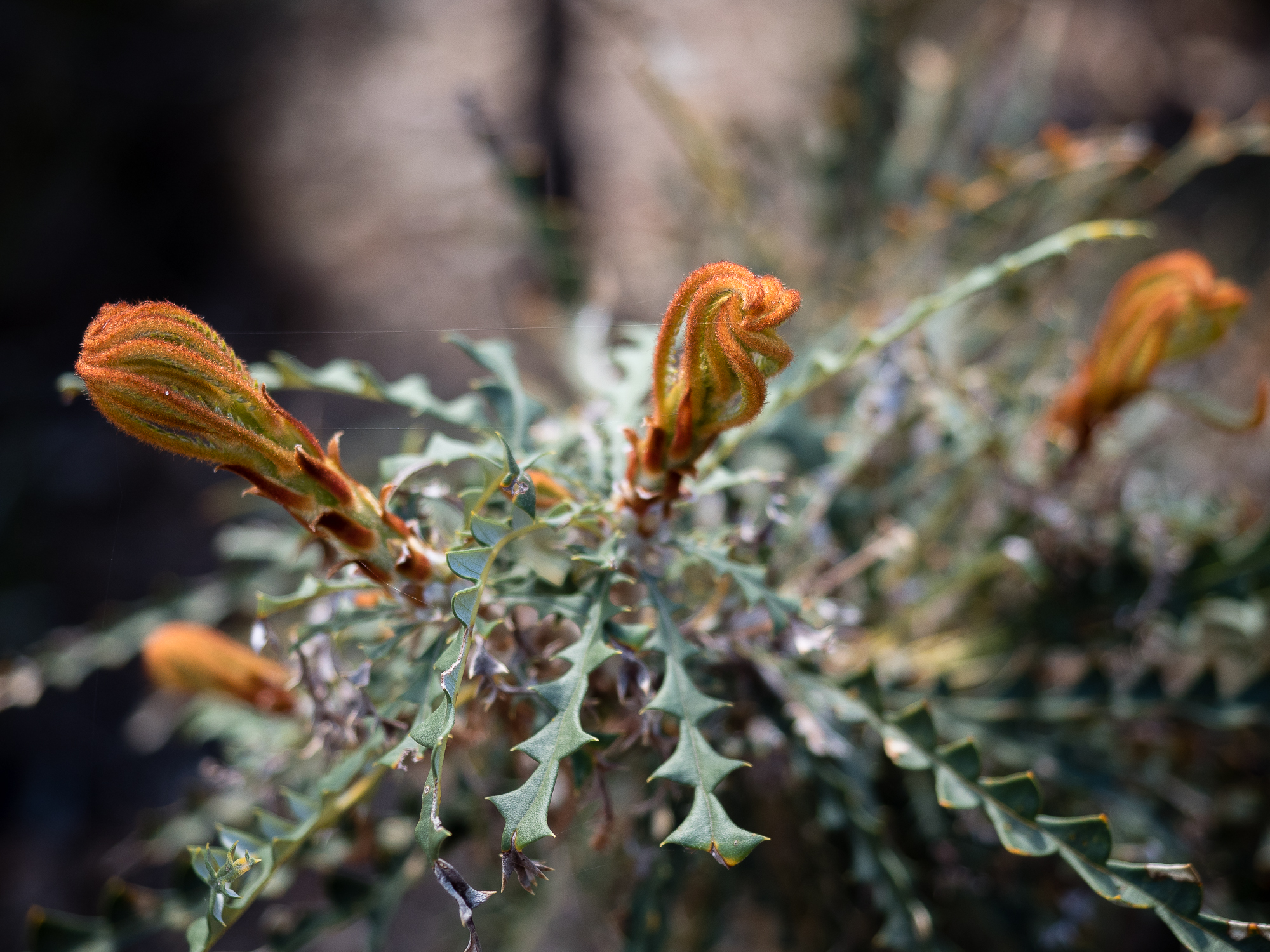
I initially thought the twisting tips were flowers, however, upon closer inspection I noted it’s new foliage

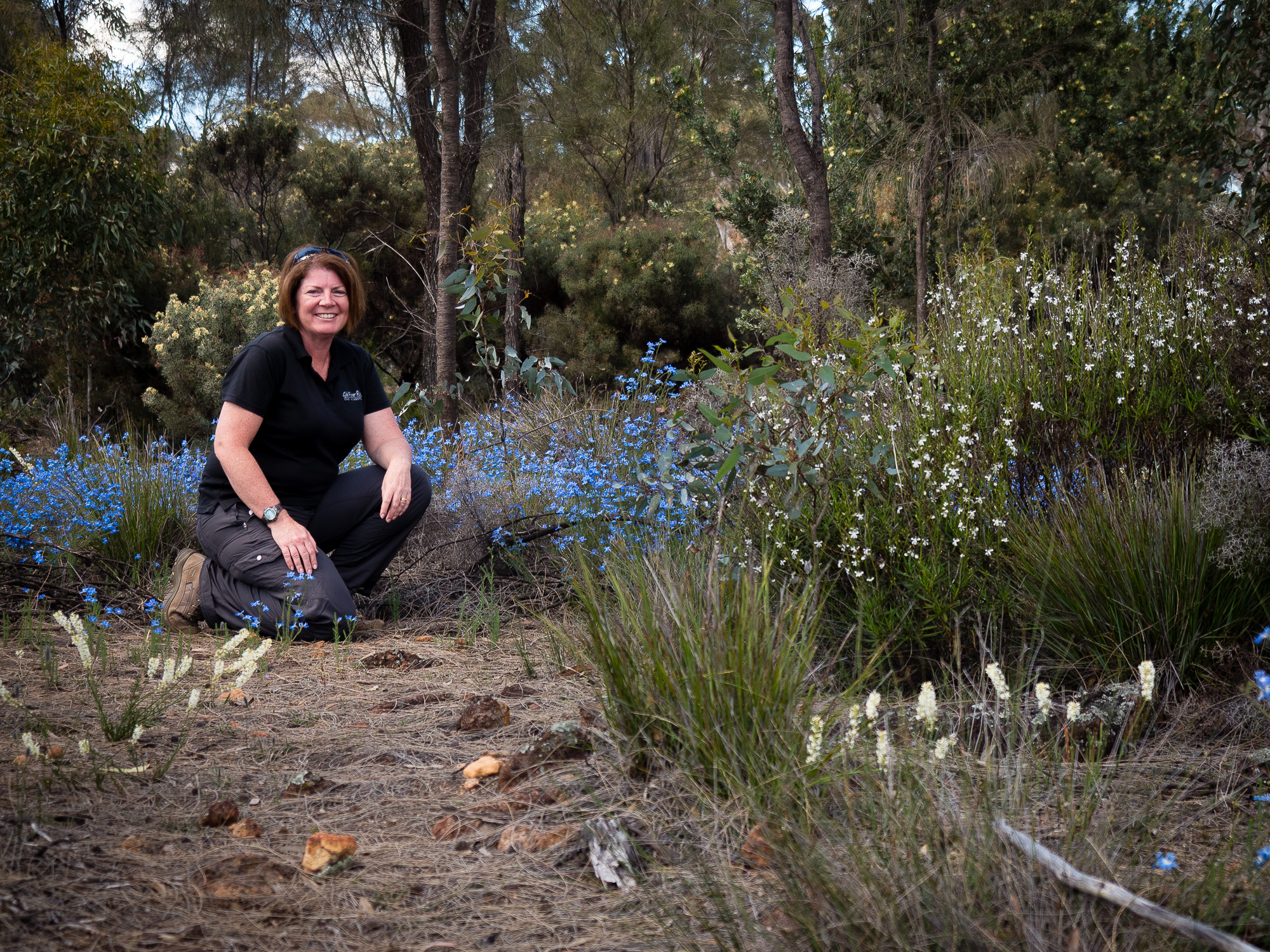
Jules in the wildflowers @ Contine Hill picnic area
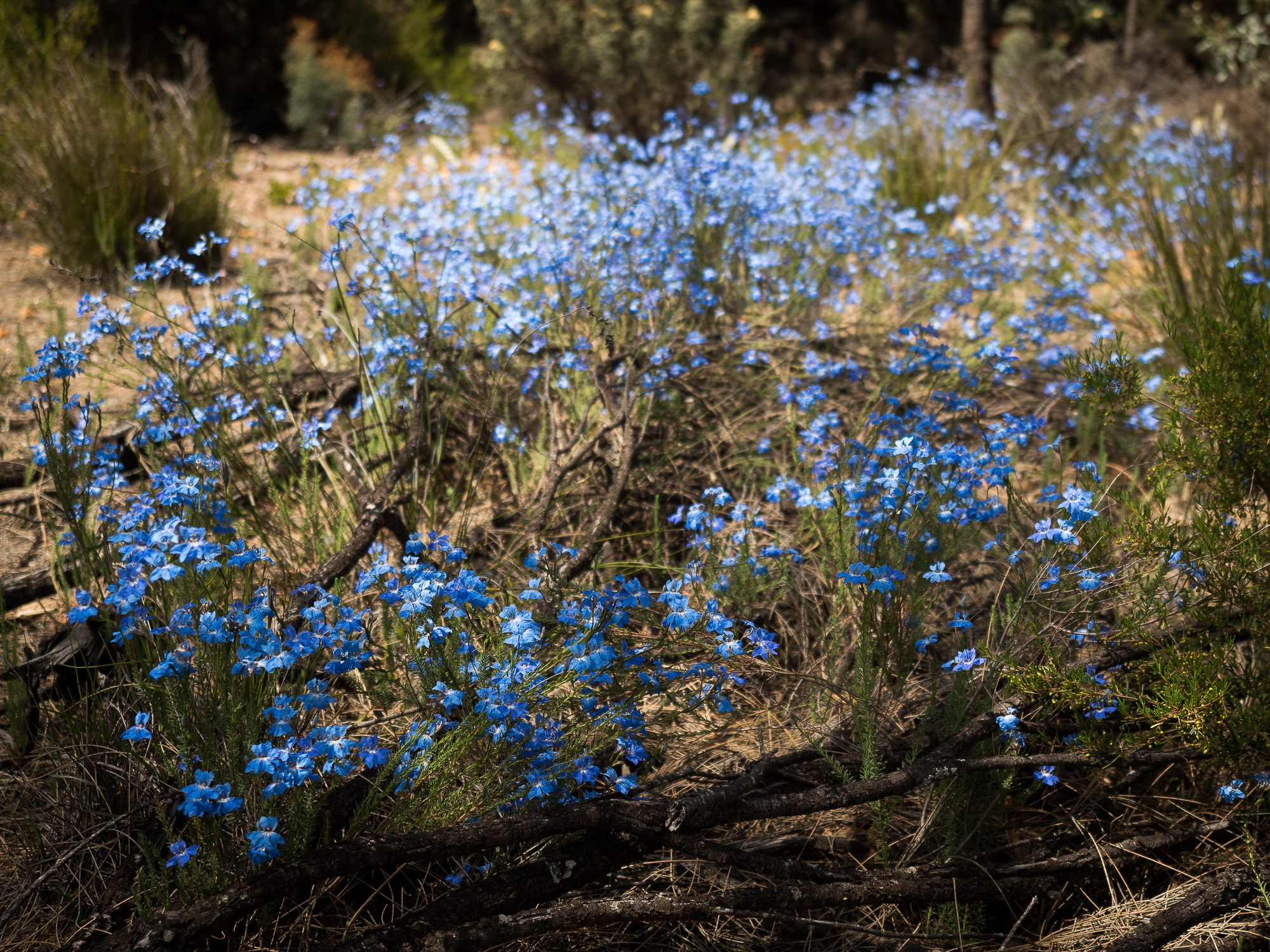
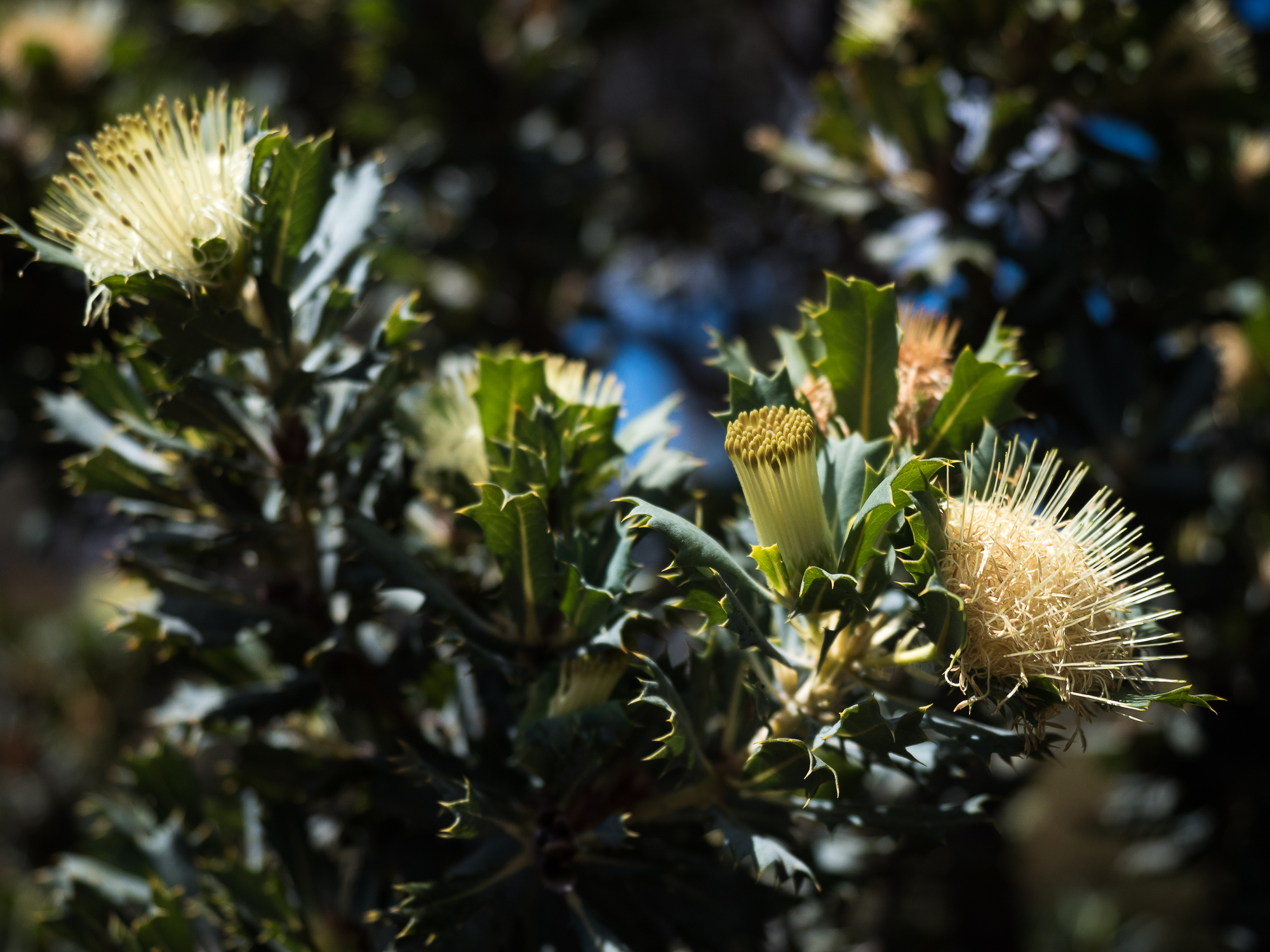
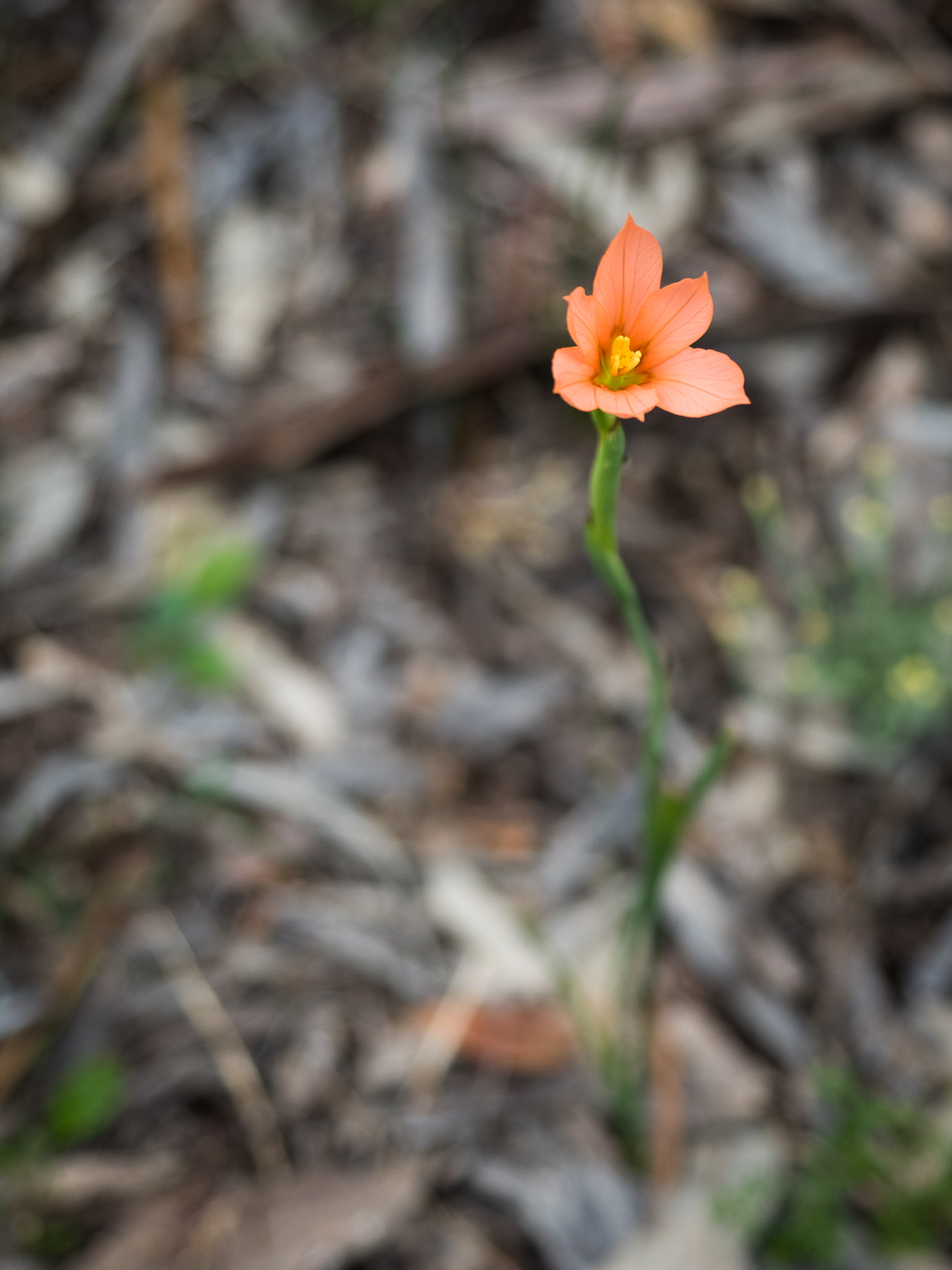
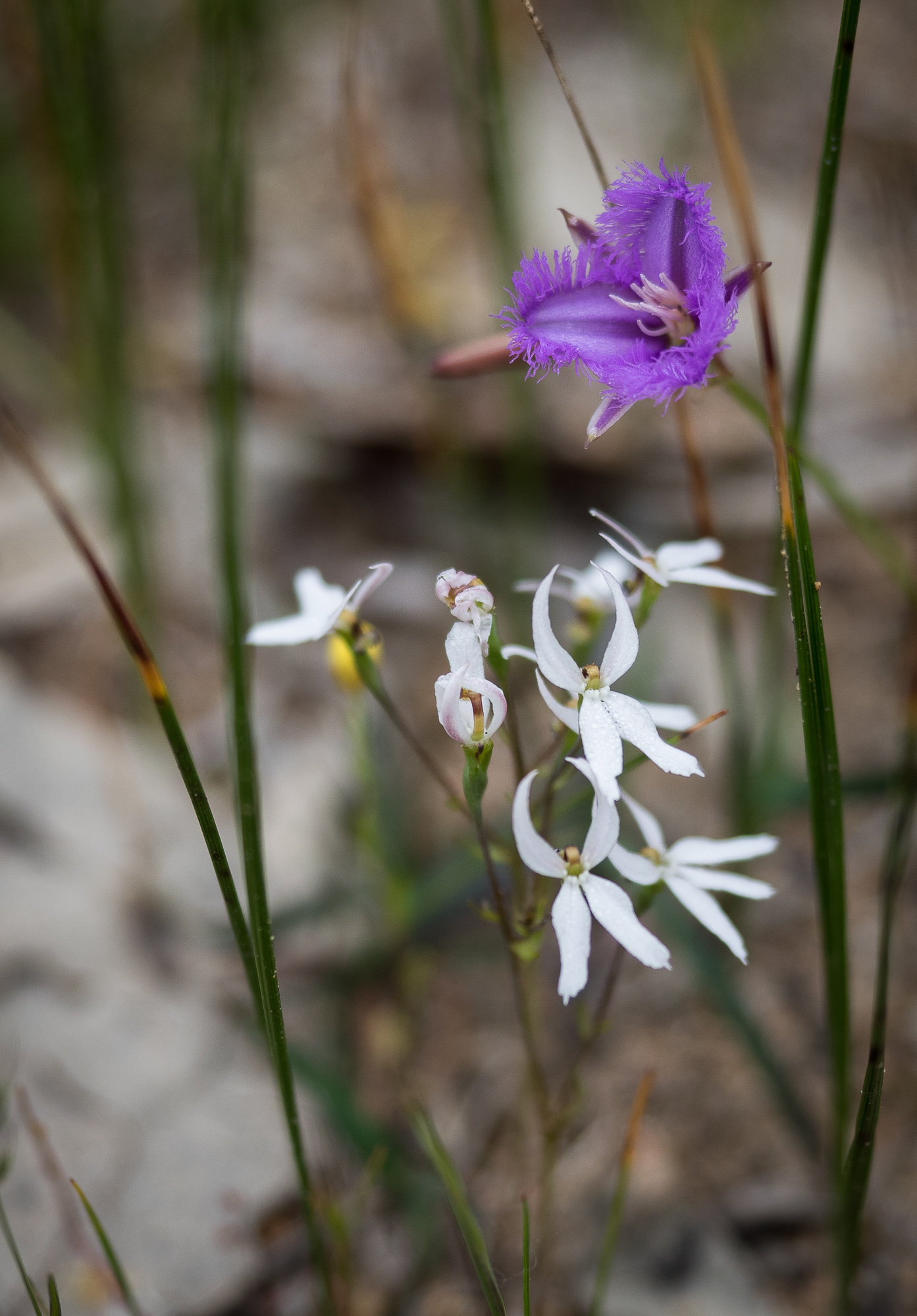
A Fringe Lilly next to some (I think) small white Orchids
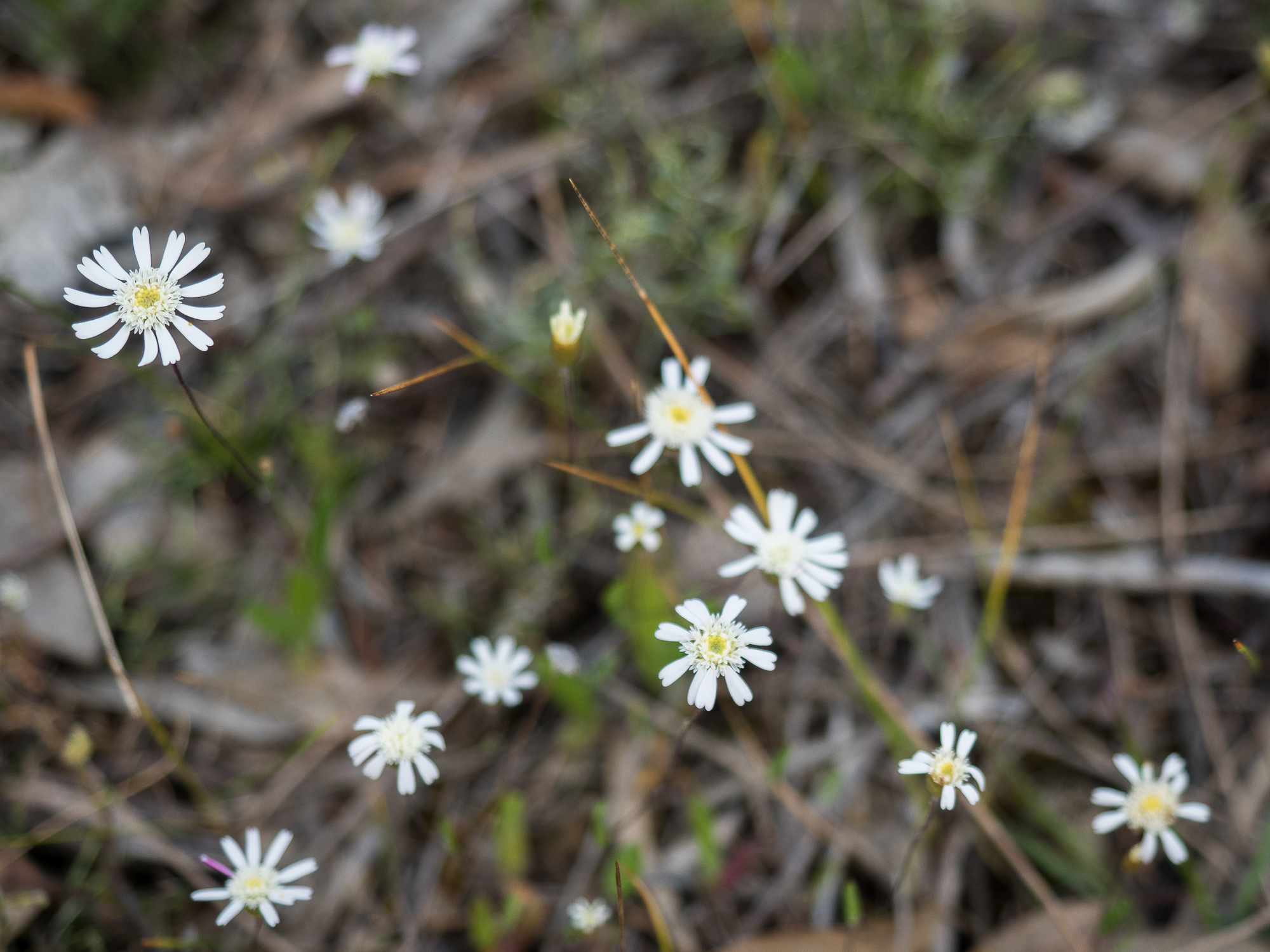
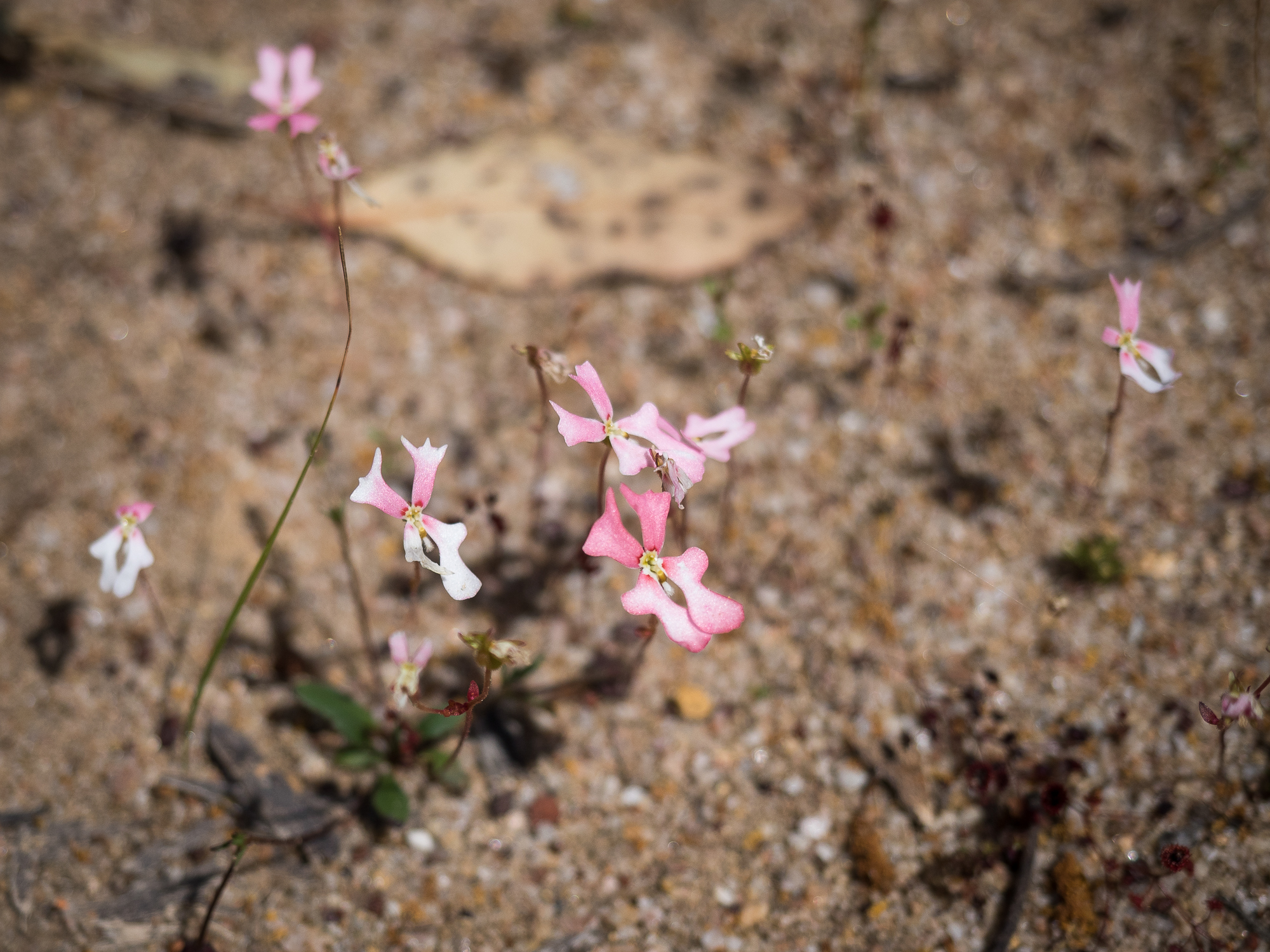
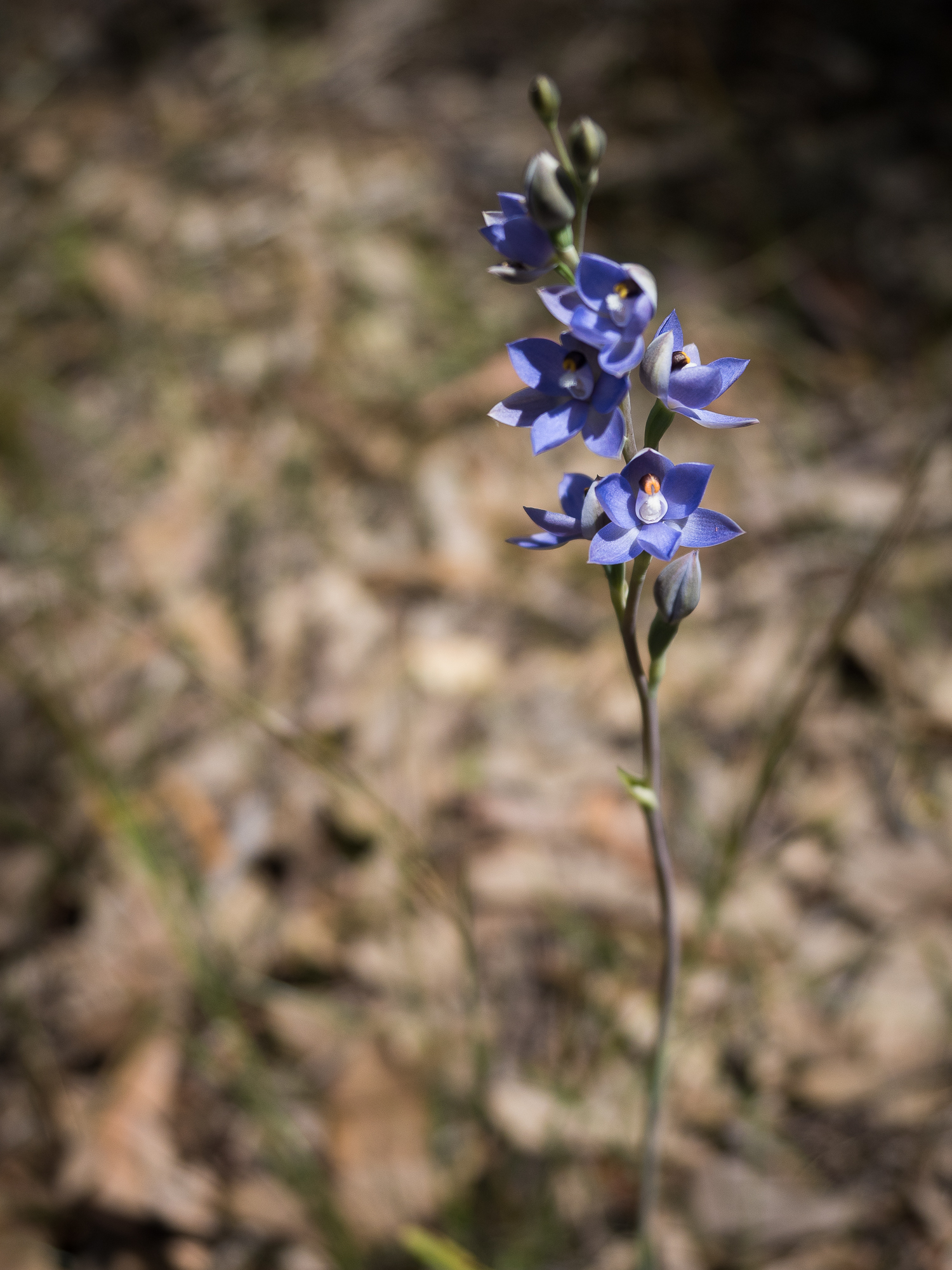
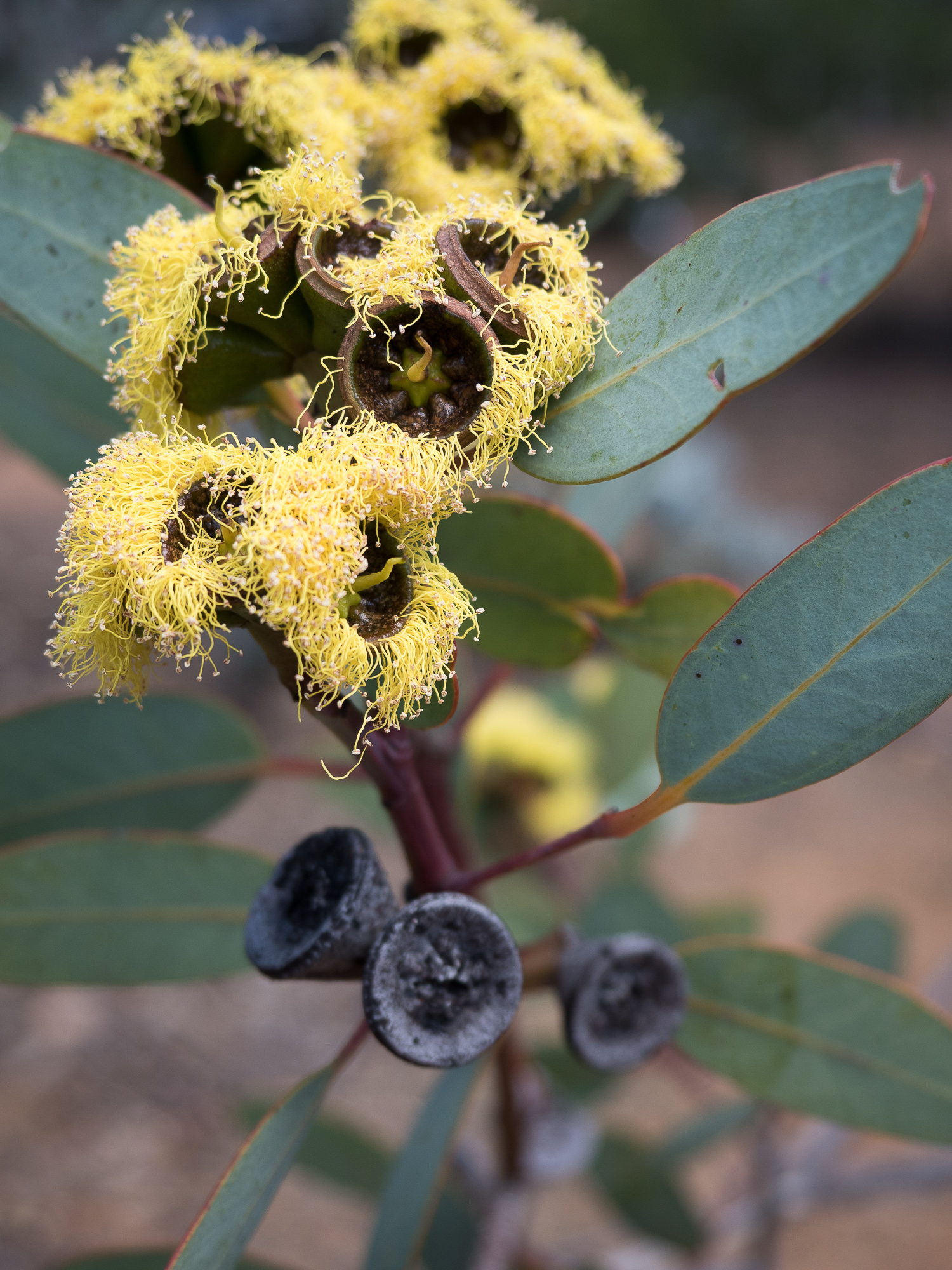
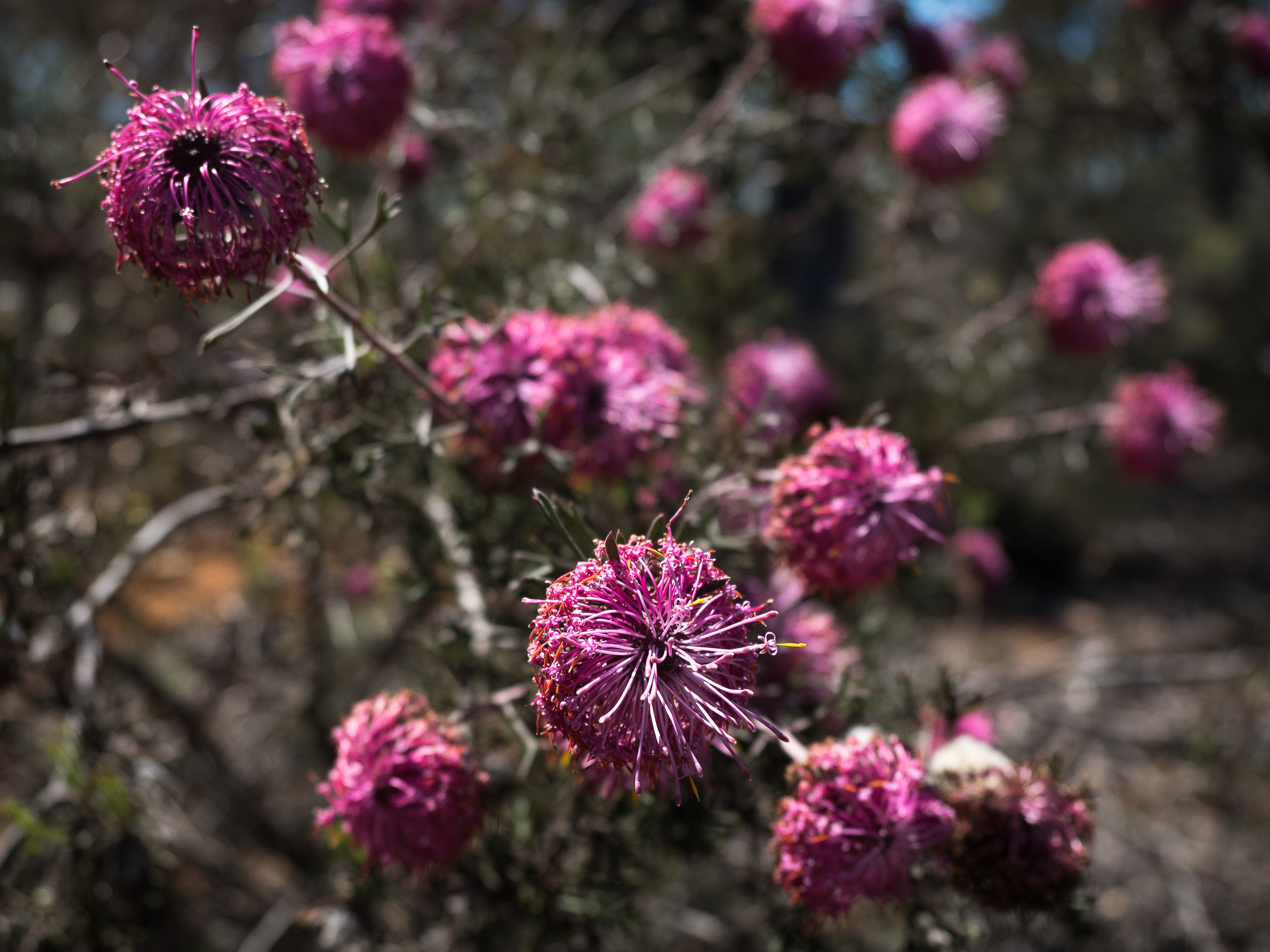
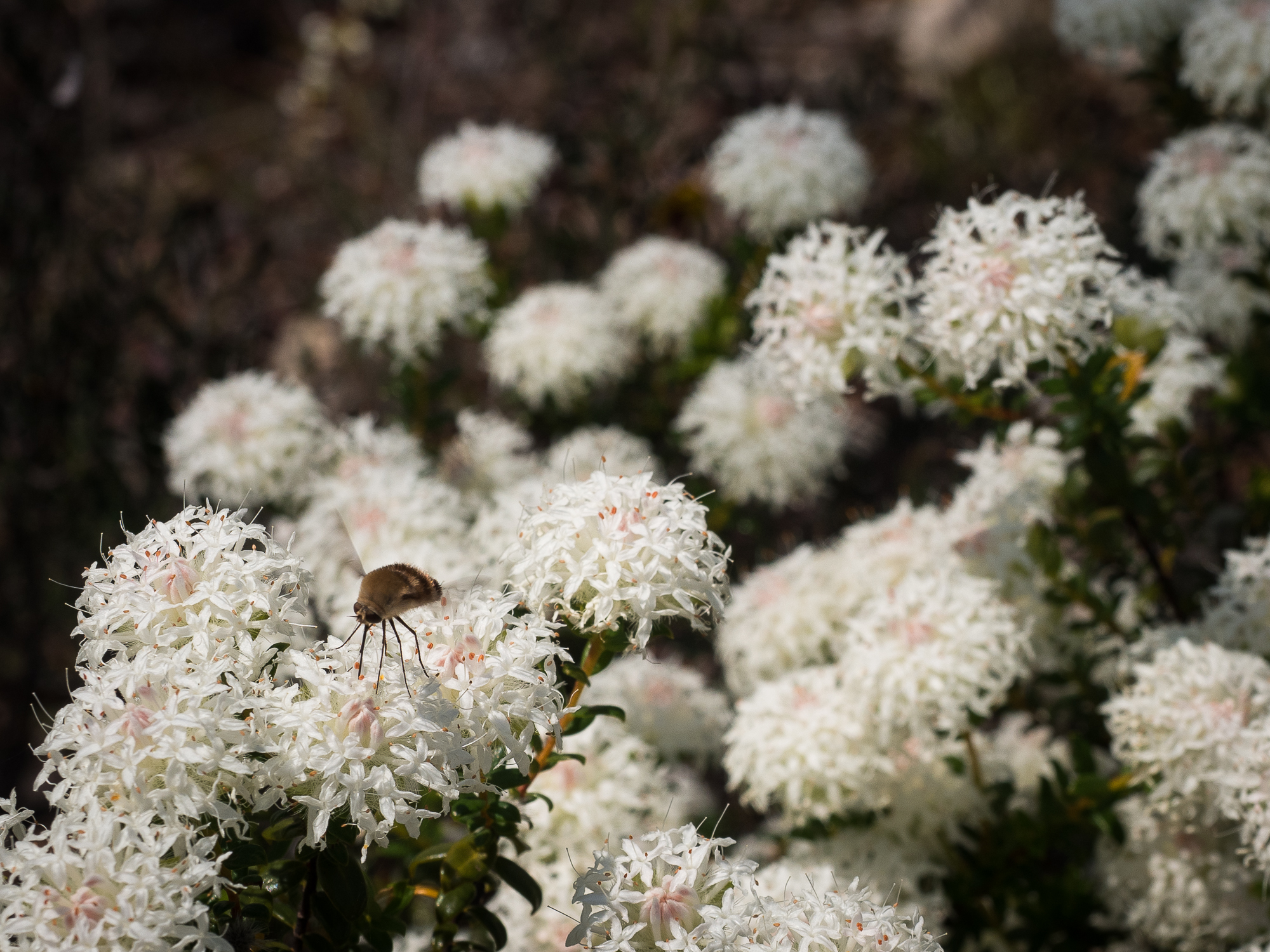
Not sure what the bug is, and there were heaps of them on these flowers, it looks like a March Fly but was acting like a bee, so maybe it’s a local bee species?
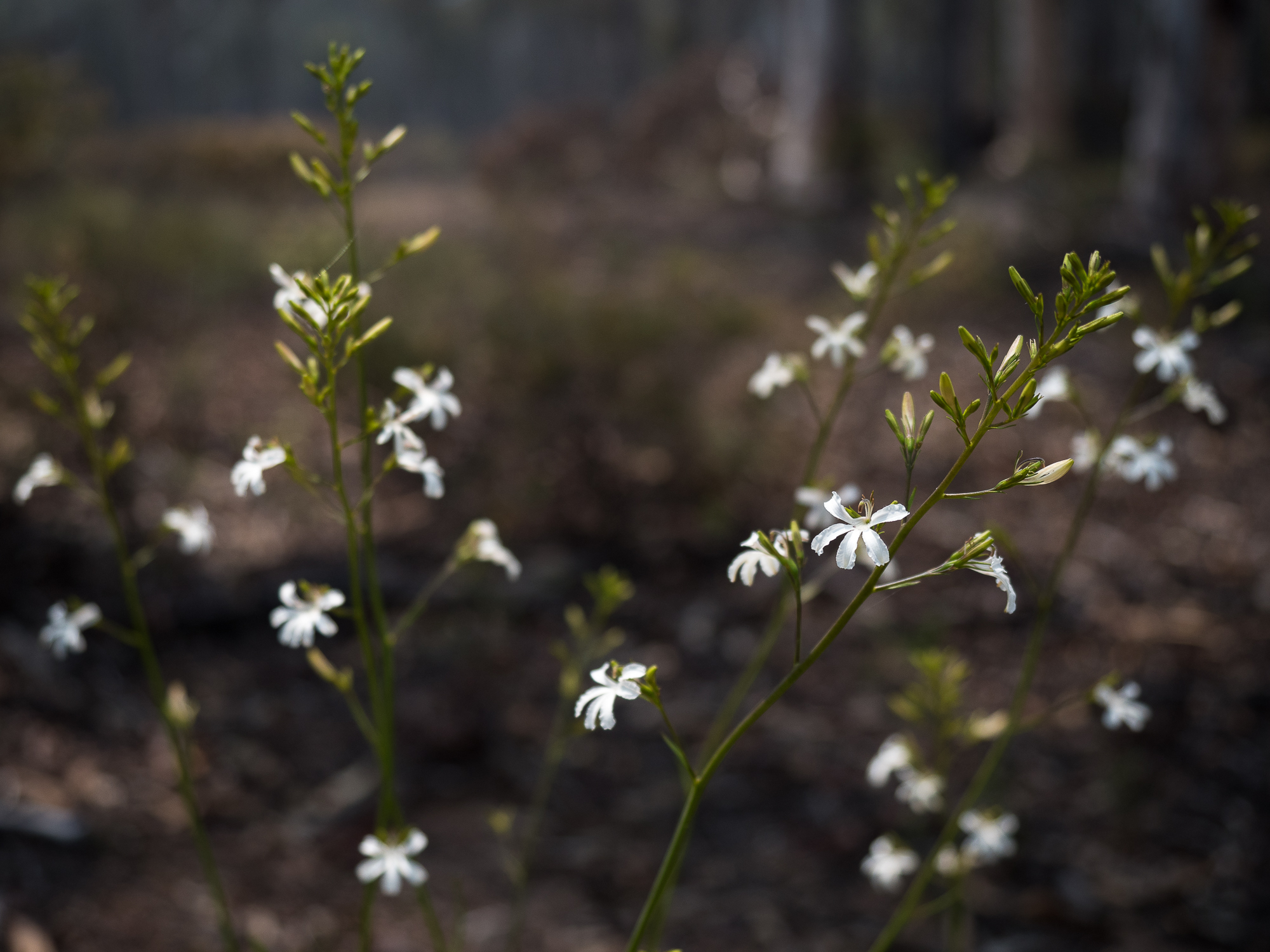
Great work Tony